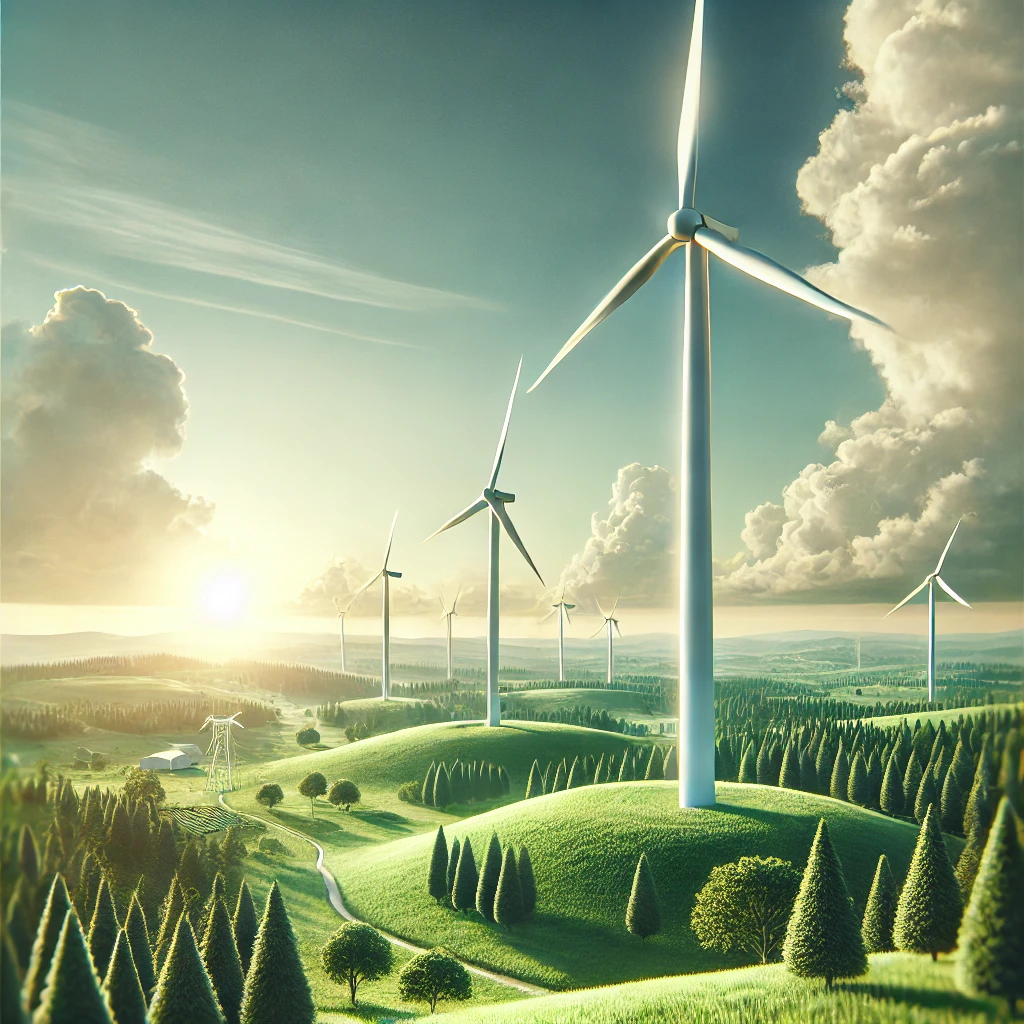
The Role of Wind Energy in Combatting Climate Change
Introduction: Harnessing the Power of the Wind
In a world where the effects of climate change are becoming more evident every day, finding solutions to reduce our carbon footprint is critical. One of the most promising sources of renewable energy is wind energy. But how does it actually help combat climate change? Well, buckle up, because we're about to dive deep into the science, benefits, and future of wind energy.
What is Wind Energy?
Wind energy is the process of converting wind into electricity using wind turbines. It’s one of the cleanest forms of energy generation because it doesn’t produce harmful emissions or pollute the environment. So, imagine the wind as a giant invisible power source that, when harnessed correctly, could change the game for our planet.
Wind Energy's Role in Climate Change Solutions
One of the most significant roles wind energy plays is in reducing our reliance on fossil fuels, which are a major contributor to greenhouse gas emissions. By shifting to wind energy, we’re making a direct impact on the health of our planet. So, how does wind energy contribute to the fight against climate change? Let’s break it down.
Reducing Carbon Emissions
Wind energy is a zero-emission source of power, meaning it doesn’t release any harmful gases into the atmosphere. As opposed to burning coal or oil, which generate carbon dioxide and contribute to the greenhouse effect, wind turbines operate on a clean, sustainable basis.
Energy Independence and Sustainability
Relying on wind energy helps countries and regions become more energy-independent. As fossil fuels become increasingly scarce, wind energy offers a long-term, sustainable solution to meet our growing energy demands. Imagine a future where countries don't have to rely on importing fuel—wind can make that happen.
How Wind Energy Integrates with Other Renewable Energy Sources
Wind energy doesn’t have to be a lone warrior in the fight against climate change. It can work hand-in-hand with other renewable energy sources, such as solar power, to create a comprehensive and sustainable energy system.
Solar Power for Homes and Wind Energy: A Powerful Duo
One of the best ways to harness renewable energy in your own life is by combining solar power and wind energy. While solar power works best during sunny days, wind energy can pick up the slack on windy days. Together, they provide a reliable, green energy source that’s perfect for homes looking to reduce their carbon footprint.
Energy-Efficient Innovations: The Wind-Solar Combo
With advancements in technology, energy-efficient innovations are emerging to help optimize the use of wind and solar energy together. From hybrid solar-wind systems to energy-efficient appliances, these innovations can help homes and businesses reduce energy consumption while supporting renewable energy goals.
The Impact of Wind Energy on Sustainable Living
Living sustainably goes beyond just using renewable energy sources. It’s about adopting a lifestyle that minimizes waste and maximizes the use of eco-friendly resources. Wind energy plays a crucial role in sustainable living by providing clean power for homes and businesses, helping reduce reliance on polluting fossil fuels.
How to Make Your Home More Energy-Efficient
Wind energy is just one part of the puzzle. To truly embrace a sustainable lifestyle, you need to implement energy-efficient solutions. Start by insulating your home, using energy-efficient appliances, and even investing in renewable energy systems like wind turbines and solar panels. Small steps like these can make a big difference in your energy consumption.
Top Green Building Techniques
Another way wind energy contributes to sustainability is by powering green buildings. Green building techniques focus on creating structures that minimize energy use, conserve water, and reduce waste. When wind energy powers these buildings, the environmental impact is dramatically reduced.
Challenges in the Adoption of Wind Energy
While wind energy offers significant environmental benefits, there are challenges that come with its widespread adoption. Let’s take a closer look at some of the obstacles to scaling up wind energy.
Intermittency and Storage Issues
One of the main challenges with wind energy is that it’s intermittent. The wind doesn’t blow all the time, so energy storage systems are needed to ensure a consistent power supply. Fortunately, advancements in energy storage technologies are helping to address this issue.
Public Perception and NIMBYism
Some people are hesitant about the installation of wind turbines due to concerns about noise, visual impact, and the effect on wildlife. Overcoming these public perception issues is key to the growth of wind energy.
Wind Energy and its Future Potential
As the world moves toward a future powered by renewable energy, wind energy is poised to play an even more critical role. With advances in turbine technology, improved efficiency, and a greater push toward sustainability, the future of wind energy looks bright.
Global Wind Energy Growth
Wind energy capacity has been growing rapidly across the globe, with countries like China, the United States, and Germany leading the way. As technology improves and costs decrease, the adoption of wind energy is expected to continue to rise.
The Role of Wind Energy in a Zero-Carbon Future
Wind energy will be central to achieving a zero-carbon future. By replacing fossil fuels with clean, renewable wind energy, we can significantly reduce our carbon emissions and help mitigate the effects of climate change.